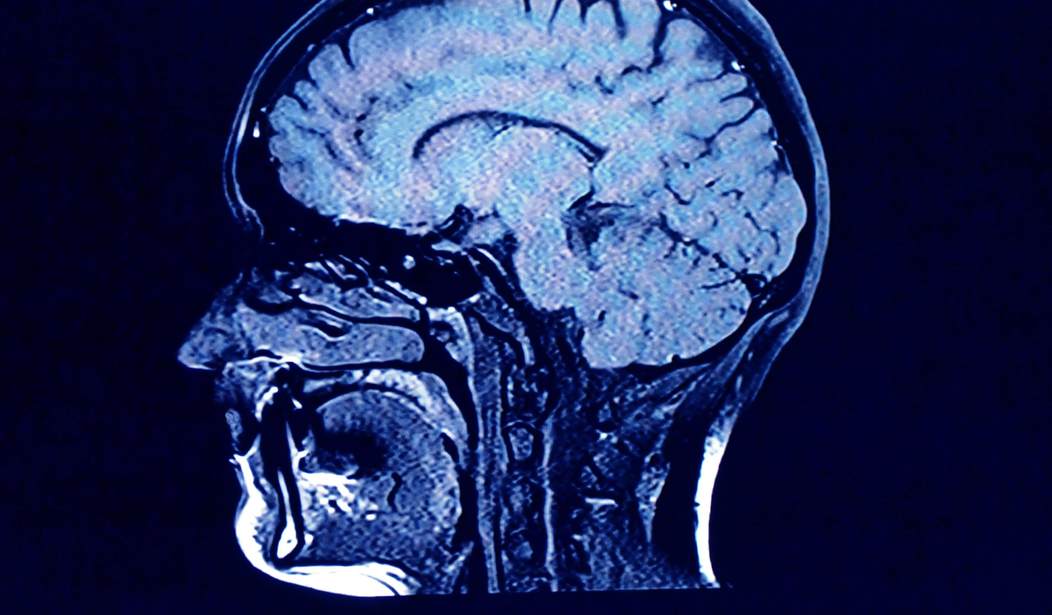Patients with brain diseases often face great difficulty in receiving adequate treatment. Getting medications inside the brain, right to the area that needs medication (for everything from depression to Parkinson’s disease) has been challenging, thanks mostly to the blood-brain barrier. Drugs that are able to penetrate deep into the brain often usher in side effects that affect other areas of the brain as well. To date, doctors have tried inserting tubes that can deliver drugs closer to the affected area but have found that infections are often a resulting problem. They have seen some success with cancer treatments, in which a small “wafer” is placed over the area where a tumor has been removed. The item allows chemotherapy to seep into the area on which it is placed.
But one MIT team, which was funded by the National Institutes of Health, has developed another method of delivering drugs deep into the brain. According to AP News, they have created “a customizable deep-brain implant that can deliver varying doses of more than one drug on demand.” So far it has only been tested on rats, but it is promising. The researchers made “two ultra-thin medication tubes and slid them into a stainless steel needle that’s about the diameter of a human hair. That needle, built as long as needed to reach the right spot, gets inserted through a hole in the skull into the desired brain circuitry.” The needle is attached to two programmable pumps that can be filled with the drugs. Ideally, the pumps will be “threaded” under the skin, so that the system is completely implanted.
If additional medications are needed, they can be replaced in much the same way a printer has its ink cartridges replaced.
Such mechanisms for delivering medication to targeted areas of the brain are being developed by several different groups. While further testing is needed before this particular implant can be used on humans, the studies so far have been successful at showing how neurons react to various compounds.









Join the conversation as a VIP Member